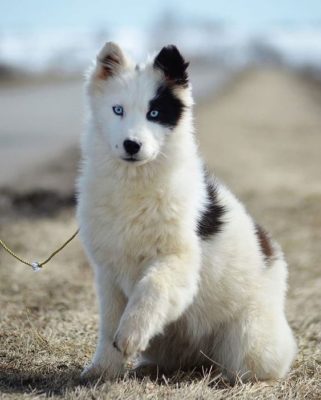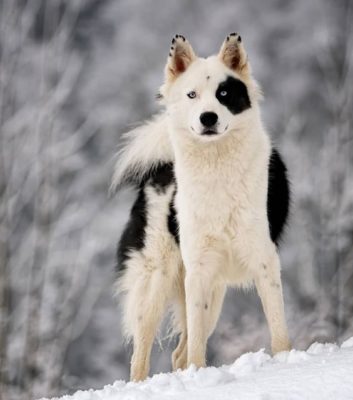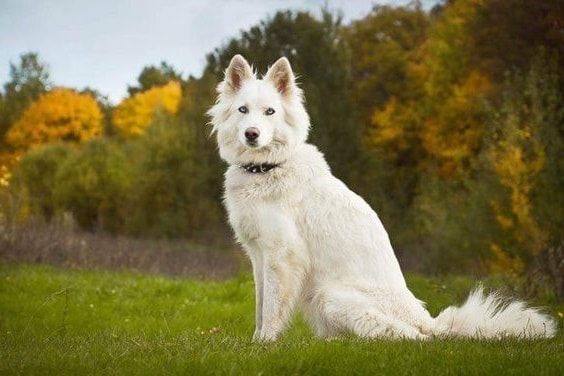Yakutian Laika
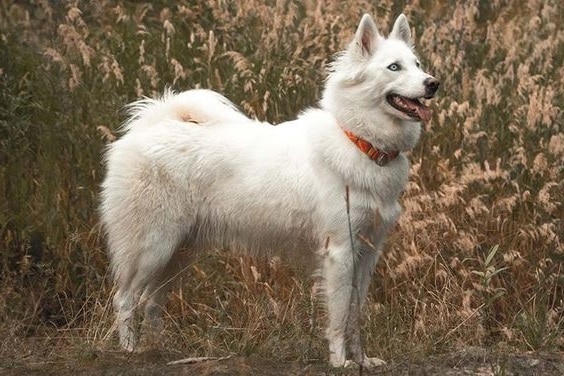
Like other huskies, the Yakutian Laika is an intelligent breed. They are relatively easy to train, although they can be stubborn if they feel disrespected. Training should be fun and optimistic; huskies do not respond well to harsh or boring training. These dogs are very protective of their family and will guard their home from both four-legged and two-legged predators.
Table of Contents
Breed Information
| Another Name | Yakut Laika, Yakustkaya Laika, Kolyma-Indigirka Laika, Laïka de Iakoutie, Chien de Traîneau de Yakutie, Laika de Yakutia, Kolyma Husky |
| Origin | Russia |
| Height | Males 55-59 cm Females 53-57 cm |
| Weight | Males 22-30 kg Females 20-28 kg |
| Fur | Medium length, dense |
| Color | Any spotted color (white-black, black-white, gray-white, white-gray) black-white with red marks, black with red spots, reddish-white, white-red |
| Lifespan | 12-15 years |
| FCI Classification | Spitz and primitive types |
| Group | Hunting dogs, dogs for kids, sled dogs |
| Price | $300-800 |
Breed Photos
Origin History
The Yakutian Laika is a recently bred dog breed with an ancient history. It originated in the Yakutia region of Russian Siberia. In ancient times, the indigenous Yakuts bred dogs as versatile animals. The Yakuts had many jobs for the Yakutian Laika, including herding reindeer and even delivering mail. They were also the first to use this breed for another purpose: sledding. It is safe to say that this is a versatile breed.
In the mid-1800s, the breed flourished. But in the 1900s, progress began to diminish dogs’ need, and their numbers sharply declined. In 1998, a group of researchers worked to restore the breed, and in 2004 the Yakutian Laika was recognized by the Russian Kynological Federation.
Appearance
The Yakutian Laika is a typical sled dog with a muscular body and longer legs. It has a rounded chest and a well-developed chest. The Yakutian Laika’s double coat is very dense and of medium length. The wool is straight, without curls or waves. The top layer is rough and weatherproof. The undercoat is very thick and fluffy, soft to the touch. The Yakutian Laika’s features are similar to those of its relative, the Siberian Husky, with the same wide-set almond-shaped eyes, dark brown or blue. The coat is white, tricolor or white-black. The husky has a black or brown nose with wide nostrils that help it breathe better when working in colder climates. Males tend to be taller and more muscular than females.
Character
Like other huskies, the Yakutian Laika is an intelligent breed. They are relatively easy to train, although they can be stubborn if they feel disrespected. Training should be fun and optimistic; huskies do not respond well to harsh or boring training.
These dogs are very protective of their family and will guard their home from both four-legged and two-legged predators. They like the children they have grown up with, but Yakutian Laikas will not tolerate disrespectful children. Because they have a relatively high prey instinct, small pets should be watched carefully when the husky is around.
Care
The Yakutian Laika is not a hypoallergenic dog and has a seasonal shedding pattern that can get out of control if not brushed regularly. As a general rule, the dog should be brushed weekly to prevent hair tangles. If molting is severe, it is recommended that the pet be brushed every day. When grooming, use a pin brush and a metal comb. You can also use a combing agent or hair detangler to make your job easier.
Since the Yakutian Laika is a working dog, excessive haircutting is not required. The husky’s coat naturally repels dirt, and they are odorless, so bathe only two or three times a year. Trim their nails as needed, usually every two to three weeks.
Training
The Yakutian Laika is an intelligent dog that is easy to train, especially after gaining its trust. These dogs often become attached to one family member but will still obey others in your home. Activity is essential for the Yakutian Laika. We recommend setting aside at least an hour a day for games or walks to keep the dog happy and not bored. It is when he can develop bad habits such as barking or digging. Encouraging good behavior with treats is a more effective way to get your pet to remember his manners.
Common Diseases
Fortunately, this breed is relatively healthy and has no serious health problems. Because it is a rare breed, many of the conditions that develop due to overbreeding are absent. Most issues are similar to those that other large dogs may encounter, such as musculoskeletal disease, overweight, etc.
Nutrition
The ancestors of Yakutian Laikas were not pampered with food – in winter, the dog was fed with dried fish so that it had the strength to drag the sledge. In summer, during the period of relative inactivity, it was given leftovers.
The nutrition of modern Yakutian Laikas is raw or lightly cooked lean meat (rabbit, chicken, mutton, horse, and turkey), any by-products, sea fish with bones removed, different cereals boiled in broth. All dogs do not absorb dairy products, so they should only be given to those who do not cause digestive upset. All kinds of fruits and vegetables (except potatoes and beans) are good for dogs. They should be given either dried or raw, either cut into thin slices or grated. Cabbage and other cruciferous vegetables are better to offer in boiled form.
It is also useful to arrange unloading days for your dog 3-4 times a month when the husky drinks only water and eats a small number of rye breadcrumbs. The rest of the time, the adult dog is fed twice a day, puppies up to a year old – 4-5 times.
 Pharaoh Hound
Pharaoh Hound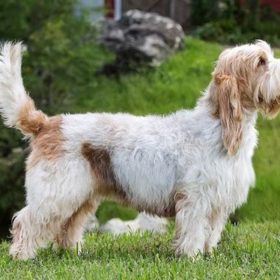 Grand Basset Griffon Vendéen
Grand Basset Griffon Vendéen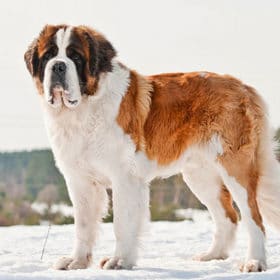 St. Bernard
St. Bernard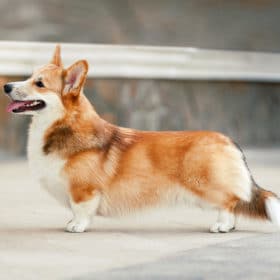 Pembroke Welsh Corgi
Pembroke Welsh Corgi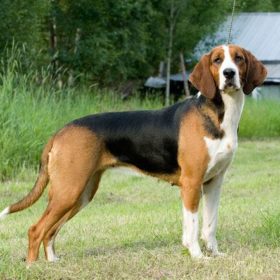 Finnish Hound
Finnish Hound Akita
Akita